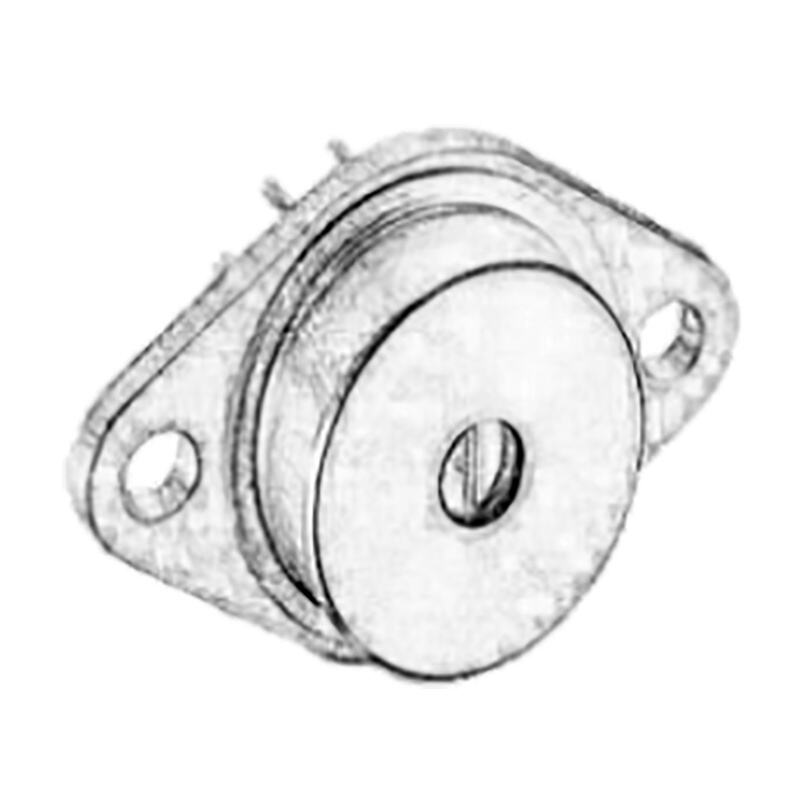In the IR Detector Industry,are you also troubled by such problems?
1.High Thermal Noise, Low Signal-to-Noise Ratio (SNR)
2.Slow Response Time
3.Limited Detection Sensitivity
4.Performance Drift with Ambient Temperature
5.High Cost of High-Performance Detectors
✅ 1. Reduce Thermal Noise & Improve SNR
How it works: TECs cool the IR detector chip to a lower temperature (e.g., 0°C to -20°C), reducing thermally generated carriers and dark current.
Effect: Significantly lower noise levels and improve the signal-to-noise ratio.
Example:
An uncooled InGaAs detector operating at +25°C has high noise current.
Cooling it to 0°C using a TEC can reduce noise by 3–10×, enhancing weak-signal detection.
✅ 2. Maintain Stable Operating Temperature
How it works: A TEC system (with a temperature controller) can precisely maintain the detector at a constant temperature.
Effect: Reduces temperature drift and improves repeatability and stability in measurements.
Example:
In gas analyzers, ±5°C ambient changes cause output fluctuations.
Using a TEC to maintain a steady 15°C detector temperature improves measurement accuracy.
✅ 3. Compact, Reliable Cooling vs. Traditional Systems
How it works: TECs are solid-state devices—compact, lightweight, with no moving parts.
Effect: Ideal for replacing bulky, expensive cooling systems like liquid nitrogen or Stirling coolers in portable or integrated devices.
Example:
In handheld thermal imagers or mini spectrometers, TECs offer cost-effective and space-saving cooling compared to Stirling coolers.

| Application Field | Pain Point | TEC Solution |
| Medical Imaging (e.g., vascular IR) | Blurry images due to thermal noise | Cooling reduces noise, improves image clarity |
| Industrial Gas Sensing | Data drift due to temperature changes | Stable cooling ensures consistent performance |
| Scientific Spectroscopy | Low signal levels, high noise | Cooling enhances detector sensitivity |
| Night Vision / Surveillance | Poor weak signal detection at room temp | TECs boost SNR, improve low-light performance |

